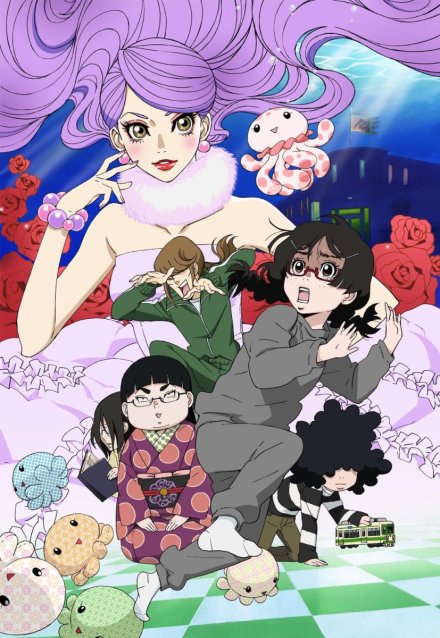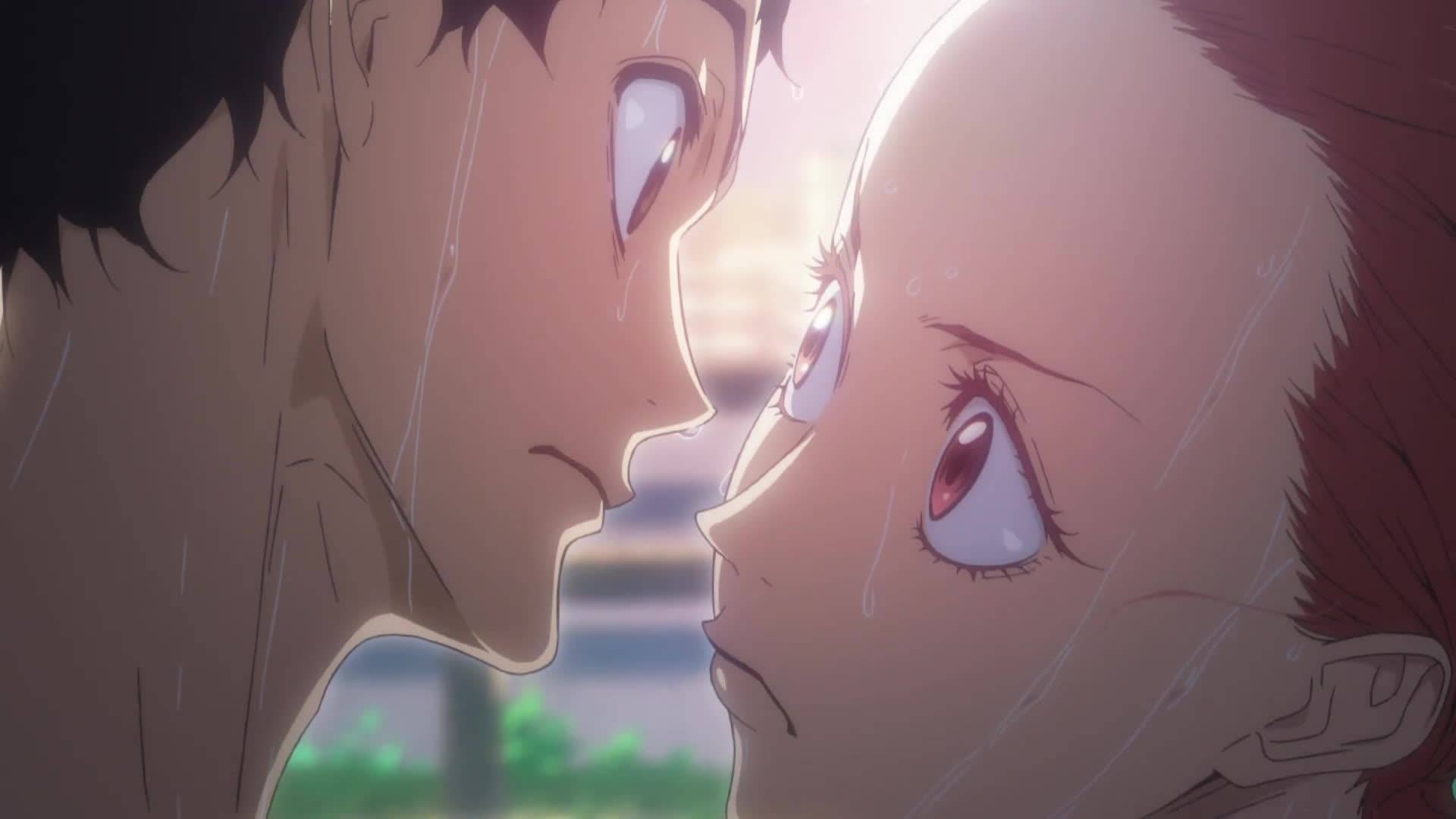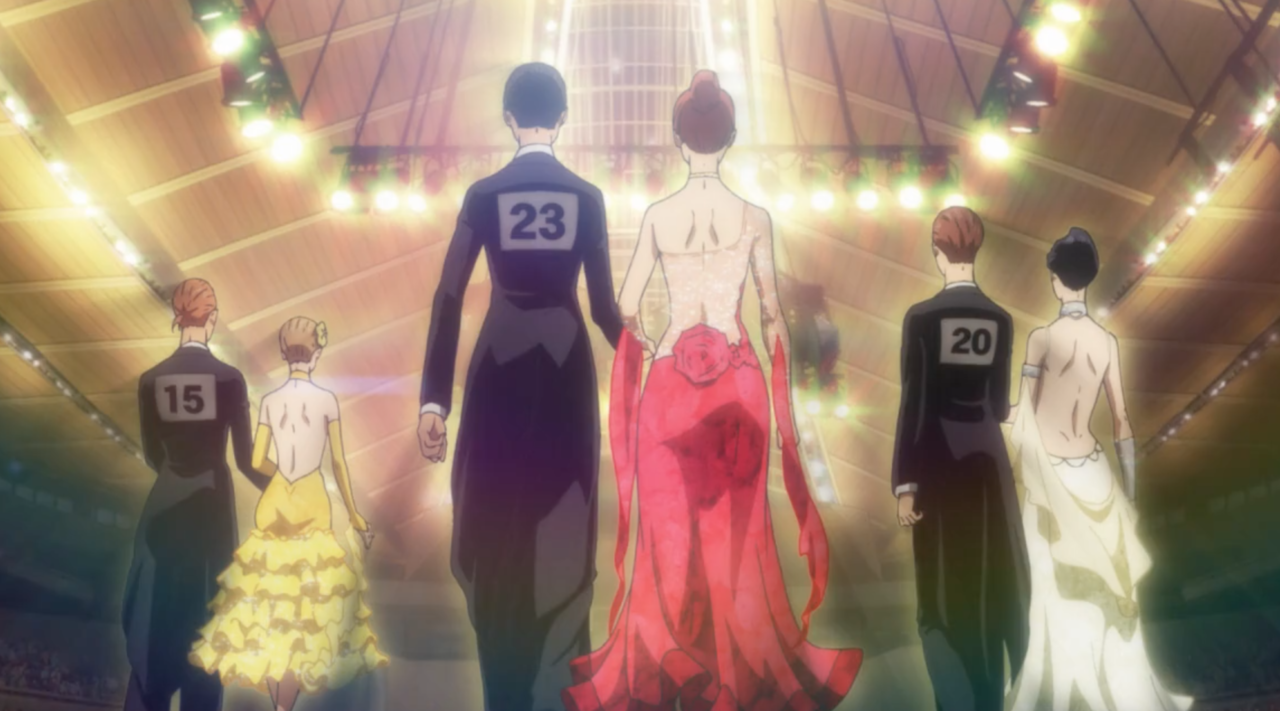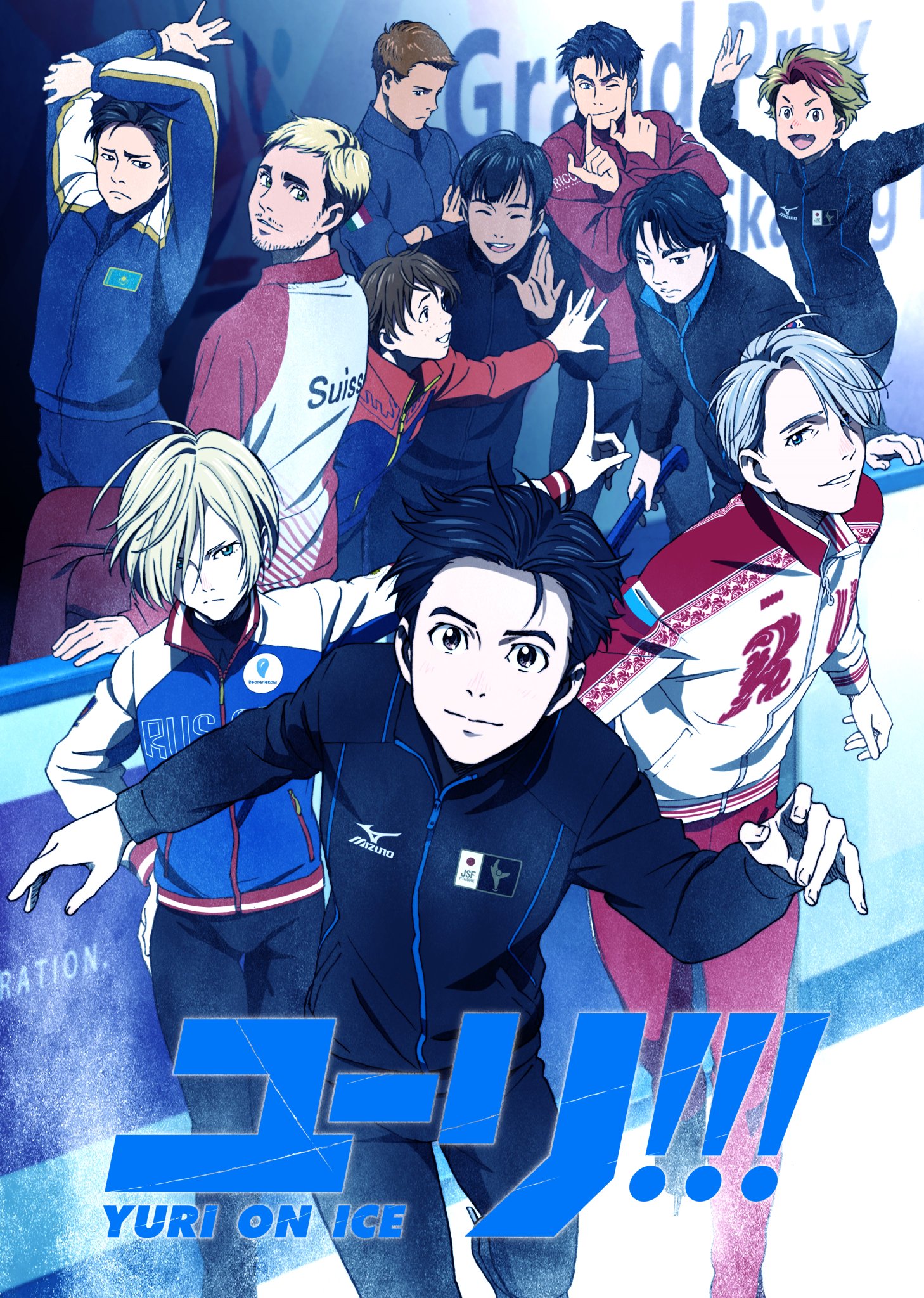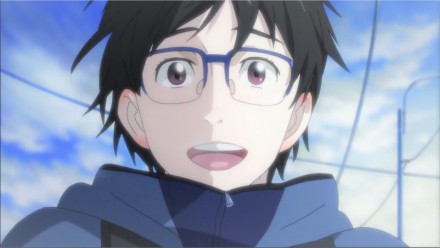Chances are that if you were linked here from another blogger pal, then you might be new. To those first-timers, “Hi, I’m Takuto, welcome to my anime cafe!” For the OWLS blog tour’s fifth monthly topic of 2019, “Happiness,” I wanted to share with you all something that I rarely talk about, yet is one of the biggest things that defines me as both a fan and a person: my anime collection!
Happiness is subjective. We all have different definitions of what happiness means to us and we also feel happiness in varying degrees. This month we will be exploring several questions describing our happiness in our fandoms, communities, and hobbies. Why do we find enjoyment watching anime or reading manga? Why did we decide to join the anime or pop culture communities? Why do we blog about our hobbies or cosplay as our favorite characters? This topic is all about the passions we have for our interests and why they are important to us.
Oh man, there was so much I wanted to talk about with this prompt! But, I love getting to share any part of my collection with you guys, so I settled on that. Thanks Lyn for going easy on us this month and giving me an excuse to share my stuff!
The Main Shelf
Ah, here we are. Welcome to my room, my little safe haven in this wild world we live in. The main shelf here houses most of my anime and even a few volumes of manga. Littered throughout the display are Nendoroids, Funko Pop figures, and even some fake succulents (cause #aesthetic). Across the top is my Evangelion collection, which became an instant favorite of mine immediately after my first watching and has accumulated over the years.
My room is pretty large, but even then I have a lot of stuff, so for Eva to maintain an entire row to itself goes to show how much it means to me. You’ll find that a show or franchise’s meaning is almost a direct determinant of its shelf space prioritization in my collection. That means Evangelion gets its own shelf, and the same goes for Fate, Danganronpa, Ghost in the Shell, Sailor Moon, so on and so forth. Ain’t that nice?
I’ve squeezed as many bookcases in this tiny space as possible. Being surrounded by books and magazines makes me feel calm. It makes the room seem wrapped in a layer of protection. As if nothing or no one can get to me.
— Angelo Surmelis, The Dangerous Art of Blending In
Each mini shelf is compartmentalized to a certain genre, my favorite shelves being the sci-fi section, the mecha shelf, the anime classics, and my magical girl shelf with Ms. Mami Tomoe there. Between categorization by genre, height, and color, there’s a mutual method to my madness (that probably only I understand, let’s be honest). Each little box contains so many stories, and yet each tell a larger a story all on their own thanks to how I’ve arranged them—according to my thoughts and feelings about each title.
And that’s one of the many wonderful qualities of my collection that makes it just that: a collection all by me, for me. It won’t carry the same weight for someone passing by, and that’s just fine. But to me, these shelves encompass my entire world, as well as chronicle my entire life.
New Shelves, New Room
This is one of those “right time, right place” kinda posts, as I just completed remodeling my entire room this past spring and BOI am I happy with it. Previously, all of my manga and light novels were housed on this old, handmade, plywood box shelf that had three compartments to store my books. Not only was it kinda ugly, but it was rough textured and offered limited storage.
So, four days of work and $150 later, I opted to finally remove the tacky padding from my wall, repaint it all, and build five new shelves of (with my dad’s help). And they’re cut from entirely REAL birch wood this time. Here are the results:
I wanted to share that little story with you all because it is just once instance of me trying to upgrade my collection. My room is in constant flux; I’m always rearranging books, movies, games, art, you name it, just to find the right feng shui. I like to think that every change I’ve made to the shelves and how things are arranged are a step in the right direction—one step closer to the ideal image in my mind. That said, this was quite the leap forward, but I’m really thrilled with the results.
In fact, I loved it so much that I ripped padding off my other wall to do the exact same thing, although on a much smaller scale:
This set of five three-foot boards supports my innermost interests. From Free!‘s impact on my own personal swim career and these other seaside delights to my fandom favorites like Todoroki ANYTHING and the Danganronpa series, this small shelf carries so much weight beyond a few Blu-ray cases and acrylic stands. It’s an expression of love, of dedication, and a way to give back to the series that gave so much to me.
With these new shelves, I can showcase all my favorite anime, manga, novels, figures, and other merchandise—pieces which, individually, contain stories, but combined together tell one giant story. If you were to walk into my room, I could point to . . .
the DVD that started my journey,
the title that impacted me the most,
the anime that made me want to try new things,
the book that made me fall in love with reading,
the figure that reminds me all about a character’s hardships,
the art that inspires me to improve my own work,
and so many more emotions and memories that words alone can’t properly explain.
Inspiration can come from anywhere.
Why Do I Collect Anime?
Anime is an expensive hobby. It doesn’t help that I’m also interested in manga, light novels, figures, soundtracks, games, art books, art prints, rubber straps, and more recently, acrylic stands, chirashi posters, and shikishi boards. I’ve sacrificed a great deal of money and physical space toward my collecting hobbies, which has led me to spend even more money in compensating for the collection’s gradually increasing size.
So why do I do it all? Well, of course it makes me happy. I wouldn’t pour this much time and cash into something that made me feel worse than I did before. I’ve always been a collector, whether for Pokemon and Yugioh cards or Bakugan and Beyblades. On that note, perhaps collecting physical anime and related media was inevitable.
But on the other hand, while I love collecting for my own sake, I also like being able to share my library with my family and friends. I can’t even tell you the number of hours my siblings and I have spent chatting with one another as we admired the collection and all the adventures it has brought us.
Also, if you couldn’t tell by the way I’ve stylized my blog, I’m an archivist. I take immense pleasure in experiencing something and then filing that experience away in some sort of physical form. All my school work from years past is neatly organized and archived, and my books and movies are no different.

While outsiders may see my collection as a costly stack of movies and merch (to which they’re not wrong), I see a wall of memories. It’s a wall that has built up slowly over seven years, starting with my S.A.V.E. DVD of Funimation’s Negima!? and accumulating until now where my $75 Hajime Hinata figure from Danganronpa dominates my shelf. But even then, it’s all still there: most if not all of the series I have enjoyed have been archived in this wall, and the memories have only continued to amass.
No matter how I try to look away, my eyes always wander to the collection—to this gigantic three-dimensional photo album which comprises sights and sounds, textures and thoughts, musings and memories. Wherever I gaze, I am transported into another time, another place where another me was living and experiencing yet another story. This mental time travel serves as a constant reminder as to where I’ve gone, how far I’ve come, and even where I’m headed next. It is simultaneously the past, the present, and the future.
Reorganizing my collection’s display is a passionate, artistic, therapeutic, and fulfilling endeavor. The many parts and pieces of my anime collection are symbolic of who I am as a person. But beyond owning these items or possessing all this stuff, merely knowing that this collection of things—this wall of memories—has shaped who I am today and where I may go tomorrow is a thought that brings me true and unfettered happiness.
A bookshelf is a reflection of its owner’s personality.
Afterword
A seemingly simple prompt at first, this post somehow managed to pull everything out of me! Reflecting at what collecting means to me and physically writing it down has made me really appreciate the availability of these kinds of goods to us fans. I mean, we can get a hold of nearly everything and everything, and all because there are people who are willing to create, and more people who strive to bring those creations to us. Even if you can’t get a hold of that $200 dream figure or $300 Blu-ray import, we really are fortunate to live in the times that we do.
Do you collect anime, manga or content from other related mediums? If so, why do you collect what you do, and what started you on your collecting journey? I love talking about hobbies (if you couldn’t tell), so feel free to ramble down in the comments—I won’t judge! Also, if I made an Insta, would you be interested in seeing more close-ups of my collection through that?

This concludes my May 21st entry in the OWLS “Happiness” blog tour. Flow (Den of Nyanpasu) went right before me with a post about the joys of anime sequel announcements and how much gaming means to them, which you can read right here! Now, look out for the lovely Irina (I Drink and Watch Anime) with, get this, a post about NATSUME (plz never stop writing about this show) this Wednesday, May 22nd! Thank you so much for reading, and until next time, this has been
– Takuto, your host













